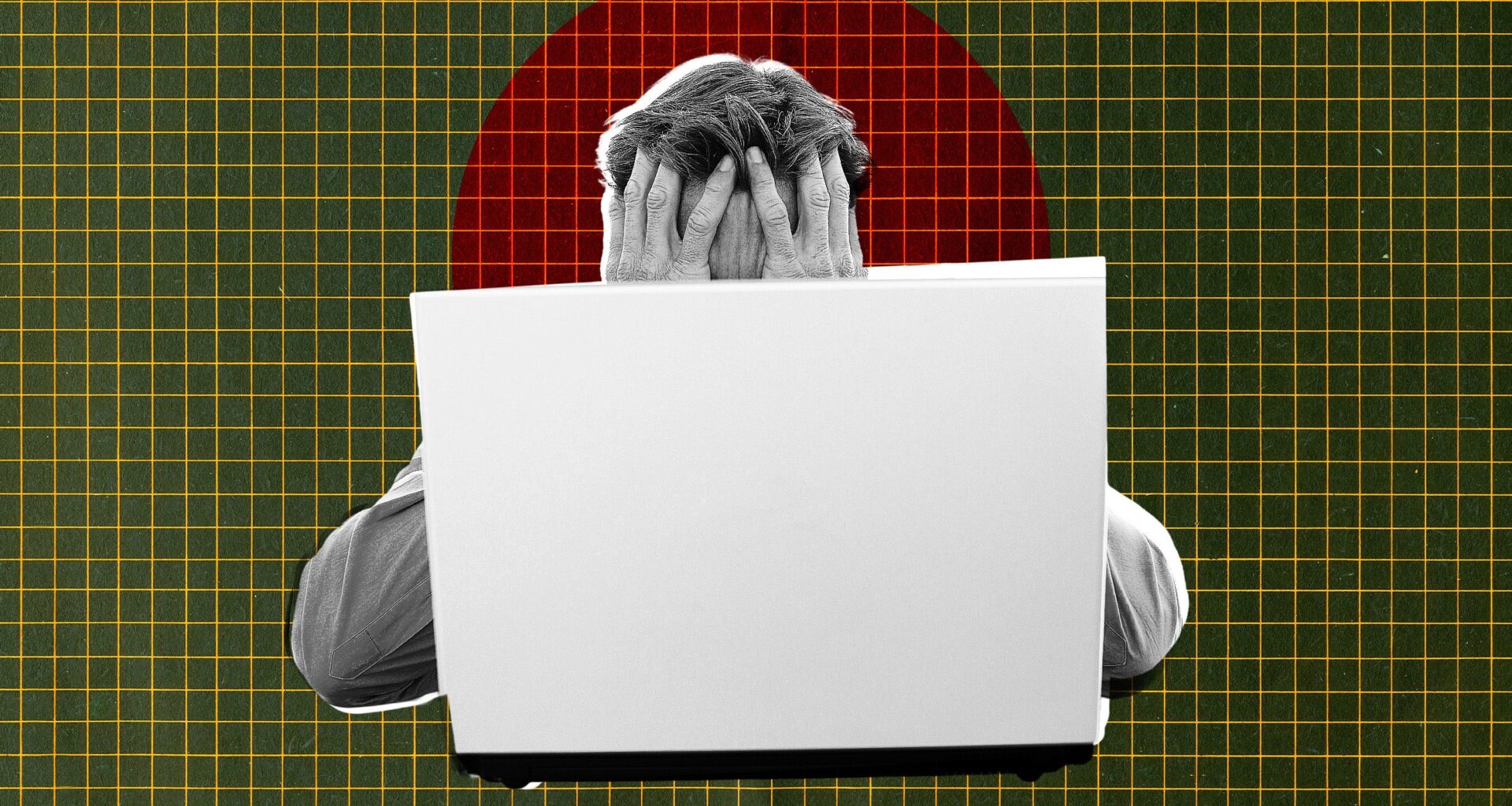With AI software increasingly hogging the enterprise spotlight, companies and investors are spending like never before. In the first half of 2025, AI startups raised over $44 billion, more than all of 2024 combined. By the end of this year, a Goldman Sachs analysis estimates that total investments in AI will soar to almost $200 billion.
But all that money is, to put it gently, a reckless gamble. In the US at least, investors have essentially bet the farm on the idea that AI will soon lead to gains in labor productivity — the amount of goods and services workers are able to produce in a given time — that have never been seen in the history of humankind.
Despite the hype and bluster, that isn’t happening. A new report by researchers at MIT, first covered by Fortune, found that a staggering 95 percent of attempts to incorporate generative AI into business so far are failing.
According to the report, titled “The GenAI Divide: State of AI in Business 2025,” the MIT researchers found that only around 5 percent of businesses succeed at “rapid revenue acceleration,” with the vast majority falling flat.
Looking beyond the AI marketing hype, it’s not hard to see why this is. Previous research into this kind of AI, which is marketed as a sort of autonomous assistant for white collar workers, found that the tech falls way short of the mark.
As of July, the best AI products successfully completed just 30 percent of the real-world office tasks assigned to them, with most doing significantly worse.
Given that AI was previously expected to contribute over $6 trillion to the global economy by 2030, the productivity gains from here on out would have to be nearly exponential to live up to expectations.
For example, a recent analysis by MoneyWeek argued that, with so much money riding on AI, anything less than a complete upheaval of the world as we know it will look like a failure. A typical financial analysis indicates that the top seven big tech companies should be seeing an extra $600 billion in yearly revenue — a number so large it’s nearly meaningless. (As of this year, for perspective, they’re projected to nab around $35 billion annually.)
Every year AI fails to return these ever-higher numbers, the need for labor productivity to increase goes up — at least if Wall Street hopes to justify its spending spree — effectively kicking the half-a-trillion-dollar can down the road.
Without a major breakthrough in the immediate future, it’s looking more and more like a matter of “when” rather than “if” the AI bubble will pop — with potentially disastrous implications for the broader economy.
More on AI: Companies That Replaced Humans With AI Are Realizing Their Mistake

